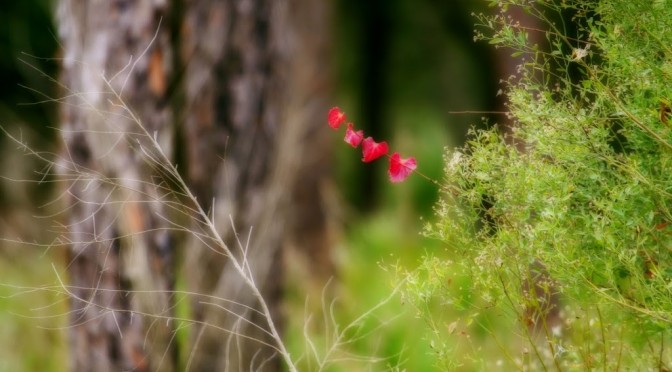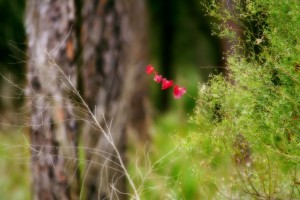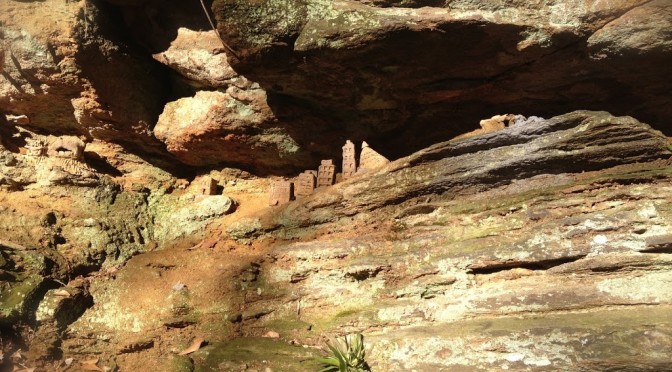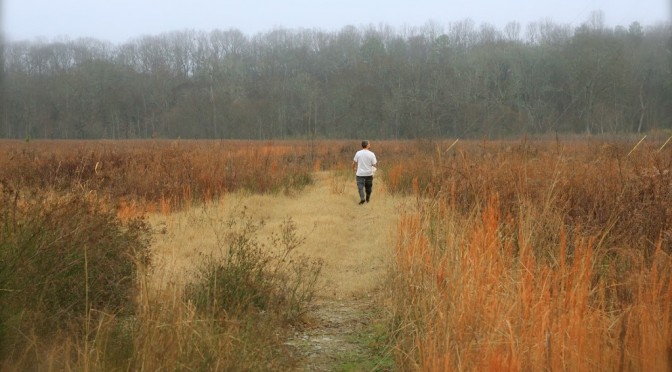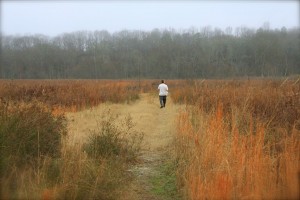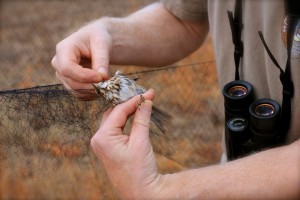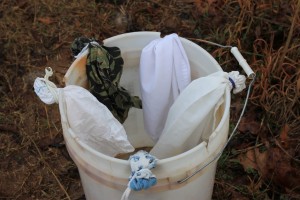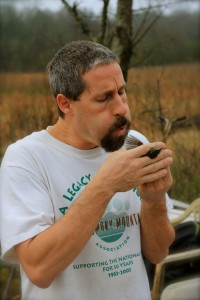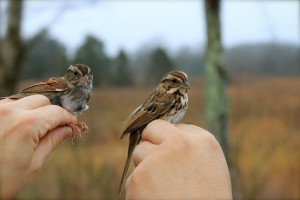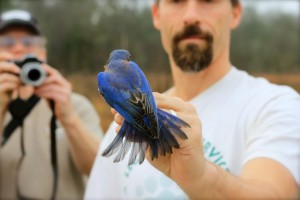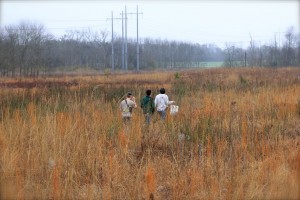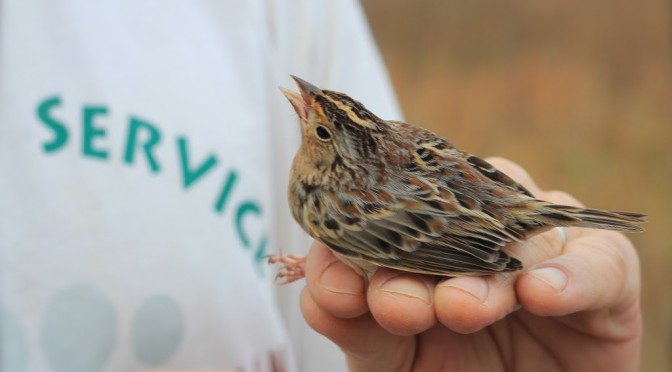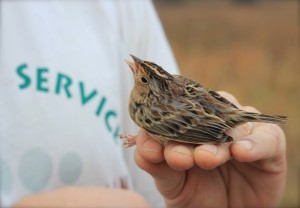There are always flowers for those who want to see them.
-Henri Matisse
Monthly Archives: January 2013
Art seen
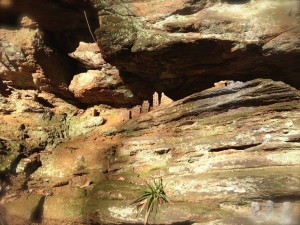 |
|
It’s SUBTLE!
So subtle, in fact, that I’ve walked past this site at least a half dozen times and never noticed it before!
|
An artist worked with nearly two dozen teens to fabricate miniature “ruins” within the recessed areas under numerous small rock overhangs and ledges of railroad cut for visitors to encounter new worlds as envisioned by the teens. Before the clays eventually deteriorate in the elements, visitors are able to examine the curious nooks and crannies of the rock wall, scouting for traces of civilizations from long ago to the post-apocalyptic.
Seen along the Atlanta Beltline.
Here birdy, birdy…
We spent the early morning hours on Saturday with Georgia’s IBA (Important Bird Area) Coordinator and some of his volunteers. They were out at Panola Mountain State Park to band sparrows.
We met before the sun was up and were pleased to see and hear American Woodcock doing their flight display over the grassy fields of Panola.
I’m not sure how much you all know about how birds are caught and banded, so I played Kenny Kodak and took pictures of the process to make myself feel useful. I’m a bit too squeamish about it to actually handle the birds myself…
Mist nests are erected in likely habitat and then checked by volunteers every thirty minutes.
Removing birds from the nets is a very delicate process. Volunteers are trained over the course of years to learn how it’s done.
The birds are then placed in soft cotton bags until they’re processed by the bander.
As a side note… a couple years ago at Jekyll Island, where Charlie also bands birds, they did a study of the droppings left in the bags in order to better understand what specific plants birds were making use of in the local habitat. Neat, huh?!?
This is my favorite part of the banding process… Charlie is blowing air on the bird’s keel to check for fat… you can actually see the fat deposited there when the feathers are blown out of the way. He rates the amount of fat each bird has and records it, along with the expected info like weight, wing measurements, sex, signs of molt and how much the flight feathers are worn down. The band number is recorded and the bird is set to fly away, back to its weedy patch of home.
We have the idea that going to these banding sessions might actually help us learn to better identify sparrows, but I’m not so sure. Even though I know these are two different varieties of sparrow, I can hardly recognize the field marks that differentiate them! Anyone care to guess?
The morning wasn’t all about LBJ’s though…
Bags and bucket in hand, the volunteers head back to check the nets again…
